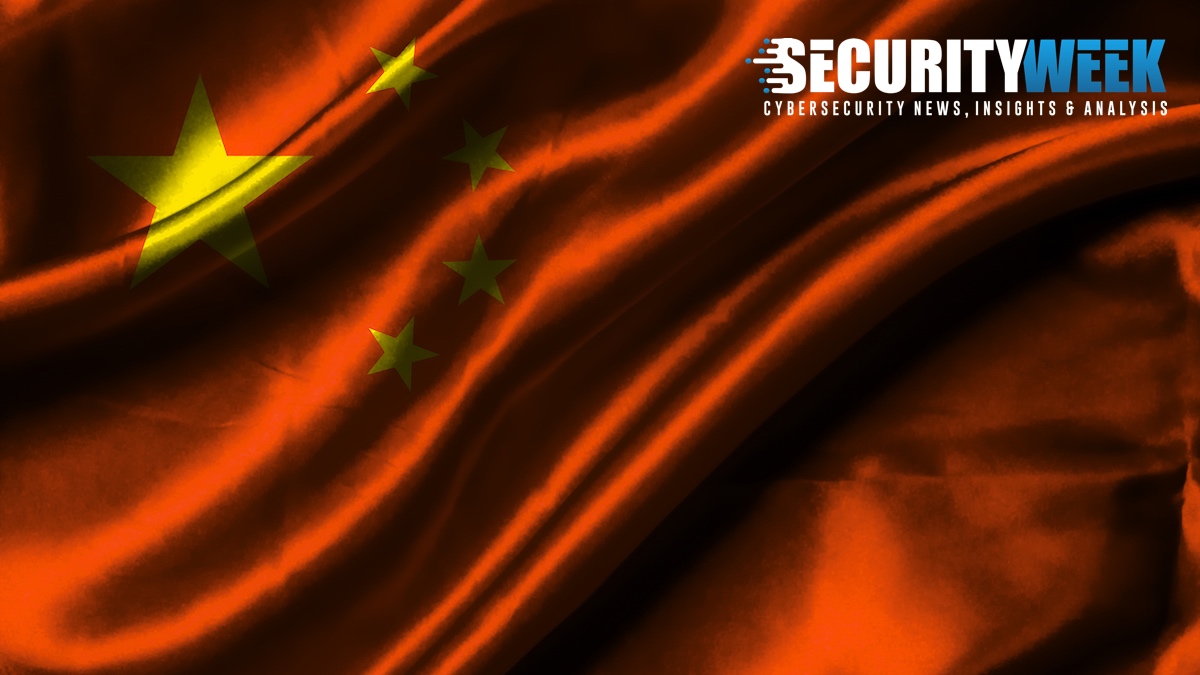President Joe Biden said on Saturday that he ordered U.S. officials to shoot down the suspected Chinese spy balloon earlier this week and that national security leaders decided the best time for the operation was when the it got over water.
“They successfully took it down and I want to complement our aviators who did it,” Biden said after getting off Air Force One en route to Camp David.
Fighter jets shot down the giant white balloon off the Carolina coast after it traversed sensitive military sites across North America and became the latest flashpoint in tensions between Washington and Beijing.
Defense Secretary Lloyd Austin said in a statement that Biden approved the shootdown on Wednesday, saying it should be done “as soon as the mission could be accomplished without undue risk to American lives under the balloon’s path.”
Austin said that due to the size and altitude of the balloon , which was moving at about 60,000 feet in the air, the military had determined that taking it down over land would pose an undue risk to people on the ground.
The balloon was spotted Saturday morning over the Carolinas as it approached the coast. In preparation for the operation, the FAA Administration temporarily closed airspace over the Carolina coastline, including the airports in Charleston and Myrtle Beach, South Carolina, and Wilmington, North Carolina. The FAA rerouted air traffic from the area and warned of delays as a result of the flight restrictions.
An operation was underway in U.S. territorial waters in the Atlantic Ocean to recover debris from the balloon, which had been flying at about 60,000 feet and was estimated to be about the size of three school buses. The balloon was downed by Air Force fighter aircraft, according to two officials who were not authorized to publicly discuss the matter and spoke on condition of anonymity.
President Joe Biden had told reporters earlier Saturday that “we’re going to take care of it,” when asked about the balloon. The Federal Aviation Administration and Coast Guard worked to clear the airspace and water below the balloon as it reached the ocean.
Television footage showed a small explosion, followed by the balloon descending toward the water. U.S. military jets were seen flying in the vicinity and ships were deployed in the water to mount the recovery operation.
Officials were aiming to time the operation so they could recover as much of the debris as possible before it sinks into the ocean. The Pentagon had previously estimated that any debris field would be substantial.
The balloon was spotted Saturday morning over the Carolinas as it approached the coast. In preparation for the operation, the FAA Administration temporarily closed airspace over the Carolina coastline, including the airports in Charleston and Myrtle Beach, South Carolina, and Wilmington, North Carolina. The FAA rerouted air traffic from the area and warned of delays as a result of the flight restrictions.
The Coast Guard advised mariners to immediately leave the area because of U.S. military operations “that present a significant hazard.”
Biden had been inclined to down the balloon over land when he was first briefed on it on Tuesday, but Pentagon officials advised against it, warning that the potential risk to people on the ground outweighed the assessment of potential Chinese intelligence gains.
The public disclosure of the balloon this week prompted the cancellation of a visit by U.S. Secretary of State Antony Blinken to Beijing scheduled for Sunday for talks aimed at reducing U.S.-China tensions. The Chinese government on Saturday sought to play down the cancellation.
“In actuality, the U.S. and China have never announced any visit, the U.S. making any such announcement is their own business, and we respect that,” China’s Ministry of Foreign Affairs said in a statement Saturday morning.
China has continued to claim that the balloon was merely a weather research “airship” that had been blown off course. The Pentagon rejected that out of hand — as well as China’s contention that it was not being used for surveillance and had only limited navigational ability.
The balloon was spotted over Montana, which is home to one of America’s three nuclear missile silo fields at Malmstrom Air Force Base.
The Pentagon also acknowledged reports of a second balloon flying over Latin America. “We now assess it is another Chinese surveillance balloon,” Brig. Gen. Pat Ryder, Pentagon press secretary, said in a statement.
China’s Ministry of Foreign Affairs did not immediately respond to a question about the second balloon.
Blinken, who had been due to depart Washington for Beijing late Friday, said he had told senior Chinese diplomat Wang Yi in a phone call that sending the balloon over the U.S. was “an irresponsible act and that (China’s) decision to take this action on the eve of my visit is detrimental to the substantive discussions that we were prepared to have.”
Uncensored reactions on the Chinese internet mirrored the official government stance that the U.S. was hyping the situation. Some used it as a chance to poke fun at U.S. defenses, saying it couldn’t even defend against a balloon, and nationalist influencers leapt to use the news to mock the U.S.
China has denied any claims of spying and said it is a civilian-use balloon intended for meteorology research. The Ministry of Foreign Affairs emphasized that the balloon’s journey was out of its control and urged the U.S. not to “smear” it based on the balloon.















